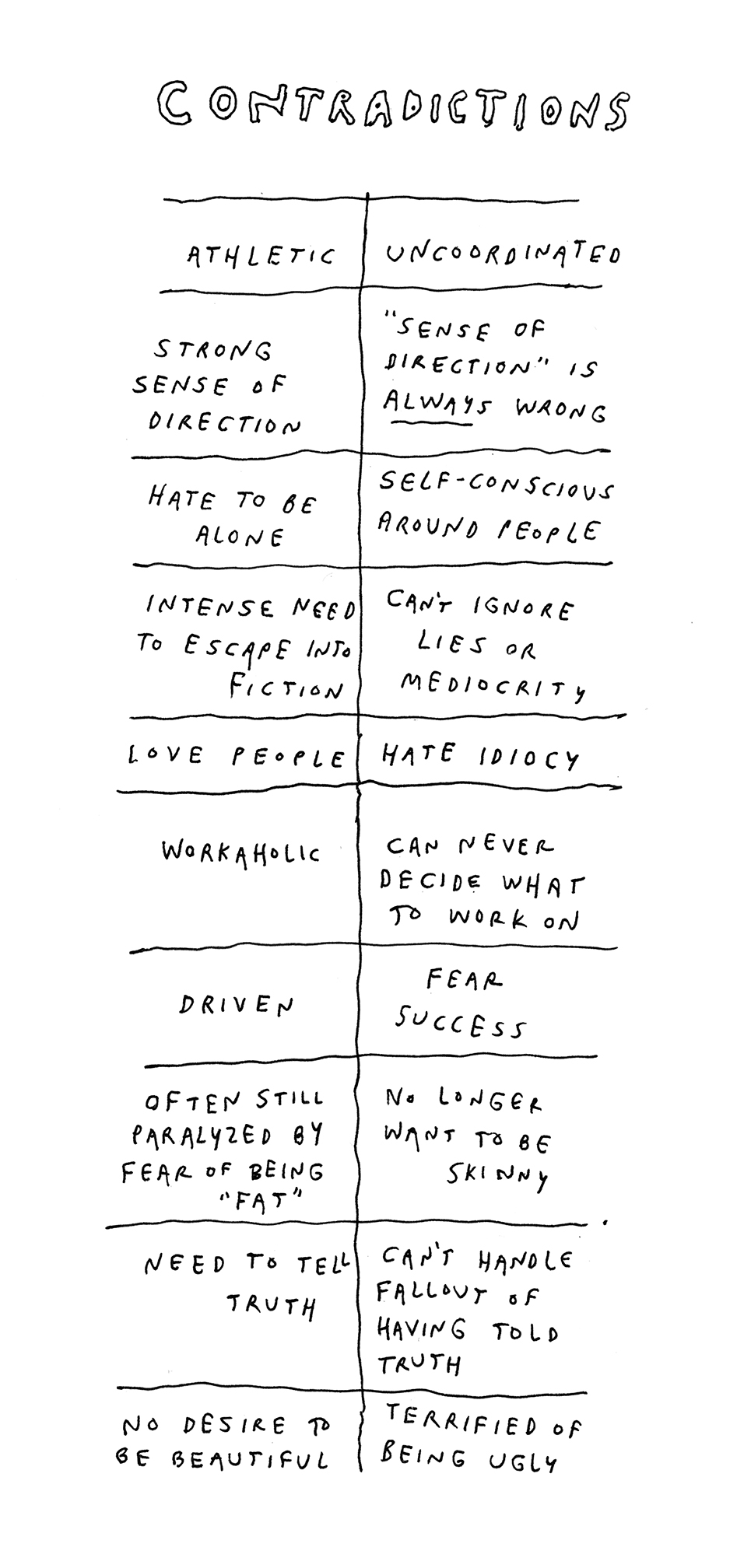I Am Finally Writing About Gustav Mahler

Image: Jeremy Sutcliffe via Flickr
There are some things we all thought we’d never do. For some, it’s risky shit: it’s bungee jumping or skydiving or whatever. For others, it’s eating bugs. For me, it’s writing about Gustav Mahler. In fact, when I started this column, I nearly wrote into my author blurb, “Fran Hoepfner will never write about Mahler, don’t ask her to.” What is the reasoning here? None other than the annoying, petty belief that Mahler’s music was too boisterous, too loud, too masculine for my tastes, a belief based on years of trumpet players––some of whom I’ve dated, don’t worry about it, it doesn’t matter––telling me Mahler is the be all, end all. Yeah fucking right! However, we live in strange, dark times and lo and behold, I have tickets to see Mahler’s Symphony No. 5 this Thursday. Might as well educate myself, finally.
So: who the hell is Gustav Mahler? Born in 1860, Mahler was a Bohemian, Jewish composer and conductor whose works were largely inspired by Beethoven and Bruckner and Berlioz. What did he take from these big Bs? A proclivity for the dramatic and the bombastic. And this Fifth Symphony is no doubt evidence of that. It’s all here on the page. Perhaps this is what intimidated me so much as a teenager (although, frankly, I should have been all about this shit). Everything about Mahler is here for you. You don’t have to meet him halfway. He brings the symphony right to your doorstep and walks you through every emotion, every explosion. And it’s long too. Symphony No. 5 is about 75 minutes, so please buckle in this week as we dive into—who else—Leonard Bernstein’s recording.
New York City, January 22, 2018
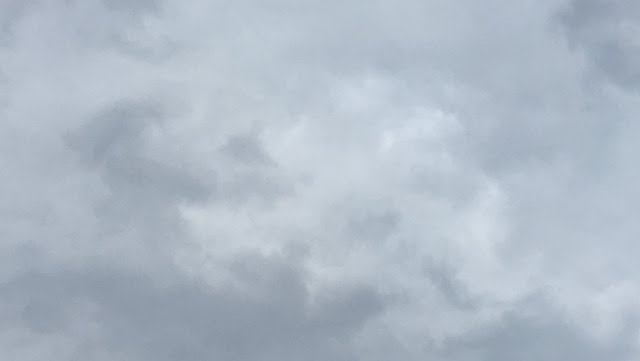 ★★★ The morning was chilly without being cold, and damp and grimy without being mucky. Sun glimmered halfway or maybe a third of the way into view. Birdsong bounced around; a sparrow, puffed up and brushy, loosed its voice from a bare branch of a skinny street tree. The sun lost its tenuous hold and a deeper chill arrived. The wait for the first-graders to show up in the schoolyard was boring and uncomfortable. In the span of an hour, the hoodie had gone from being enough to being a little less than enough.
★★★ The morning was chilly without being cold, and damp and grimy without being mucky. Sun glimmered halfway or maybe a third of the way into view. Birdsong bounced around; a sparrow, puffed up and brushy, loosed its voice from a bare branch of a skinny street tree. The sun lost its tenuous hold and a deeper chill arrived. The wait for the first-graders to show up in the schoolyard was boring and uncomfortable. In the span of an hour, the hoodie had gone from being enough to being a little less than enough.
Small Bursts
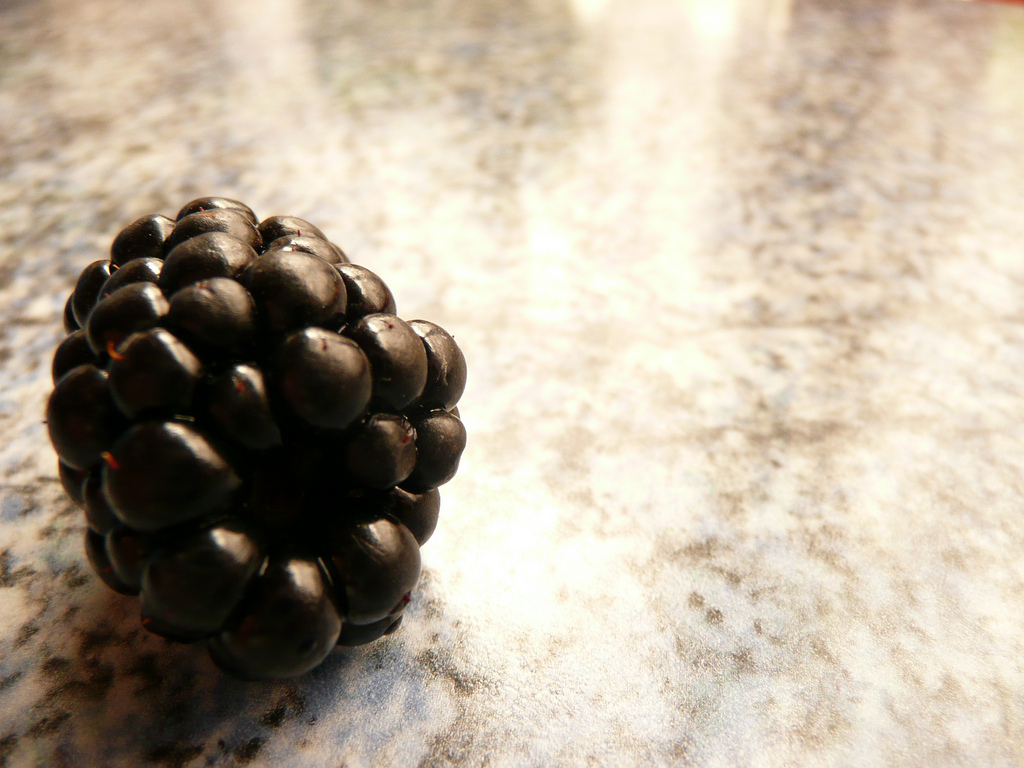
Image: photosteve101 via Flickr
This is an effort to get what I want. My problem is that I know what I want, but there isn’t an adequate, efficient way to explain it. It’s a food texture and the most exemplary source is the blackberry. It involves a tension-pop and a gush. There is detonation of structure and then juice. It’s really the collision of two different moments: first a small round smoothness, second a rush of liquid. It’s more of a sensation than a texture.
The sensation is characteristic of: pomegranate seeds, tapioca balls in bubble tea, passionfruit, caviar (ughh/sorry), salmon roe, most roe though not masago roe, the smallest individual sections of citrus fruit which I once saw described as “juice-filled hairs,” quinoa, and chia seeds when I can manage to isolate one. Isolating a chia seed is like trying to catch a piece of confetti. So many, and so evasive!
For a moment, I thought alien eggs was the answer. As you may have already understood, alien eggs is gross. “No,” my friend Sophie said. Her judgment is to be trusted; she described “The Shape of You” as “icky” within a minute of hearing it for the first time. I did not tell her, but I will tell you that I first considered alien pimples, which is much worse, though still not as awful as “juice-filled hairs.”
Fishing With John Lurie

In the months after he first saw “Fishing with John,” a friend of mine began thinking about buying a boat. He wanted to live off the sea. He thought about it most days until he found he could think of nothing else. Then, one day, he moved to Key West, bought a boat, and spent his days fishing. Another friend drove a few hours to a town in far-out Connecticut to buy a saxophone. He wanted to echo the sounds he’d heard on the show. A third friend awoke one morning and noticed that he was droning the theme song. He wasn’t sure exactly what he wanted.
“Fishing with John” was a very short-lived TV show, it hasn’t even been aired since the ‘90s and everyone I know had to find it on the web. It wavered between documentary realism and whimsical fantasy. It wasn’t a mockumentary, but more akin to the Steve Coogan-Rob Brydon Trip series or an exponentially funnier “Comedians in Cars Getting Coffee,” if either show was willing to trail a toe in mind-bending, surreal waters. The eponymous John was John Lurie, star of Jim Jarmusch’s early films, mentor to Jean-Michel Basquiat, Oscar-winning composer, and bandleader of The Lounge Lizards, a musical experiment whose strange beauty could only be rivalled by Lurie’s own Marvin Pontiac recordings. “Fishing with John” surpassed all that, though, and used all of his eclectic skillset to create the weirdest and best fishing show ever broadcast.
Payne's Gray, the Color of English Rain and Henry Miller's Paris
.
.
.
.
.
.
.
.
.
“Of William Payne but little is recorded,” begins an article in the January 1922 issue of Walker’s Quarterly. The author, a man with the distinguished name Basil S. Long, goes on to write that the “place and date of his birth and death are forgotten. From the fact that he first exhibited in 1776, it may be deduced that he was probably born about 1755, and he is supposed to have been a native of Devonshire, a country which produced numerous artists of notes in the 18th century.” Payne, Long writes, was a civil engineer before be became a watercolorist.
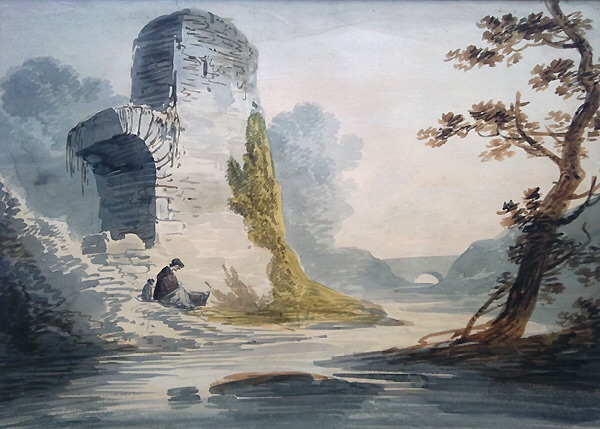
By William Payne (1760–1830) – Antique Fine Art, http://www.antique-fine-art.com/william-payne-439.html#, Public Domain, Link
He moved around England some, as evidenced by documents and bills and general scraps of paper trailed. During his most successful period, Payne lived in London, where he taught students how to paint waterfalls, rocky beaches, and mossy forests. He sold his art—enough of it to live, anyway—and he exhibited in a few galleries. He knew a man named William Henry Pyne (or at the very least, Pyne knew of Payne) and although Long describes Pyne as a “gossipy and somewhat inaccurate author,” he quotes him just the same.
The method of instruction in the art of drawing landscape compositions had never been reduced so completely to the degenerate notions of this epoch of bad taste as by this ingenious artist,” Pyne wrote. “For a long period, in the noble mansions of St. James’s Square and Grosvenor Square and York Place and Portland Place, might be seen elegant groups of youthful amateurs manufacturing landscapes, a la Payne.
New York City, January 21, 2018
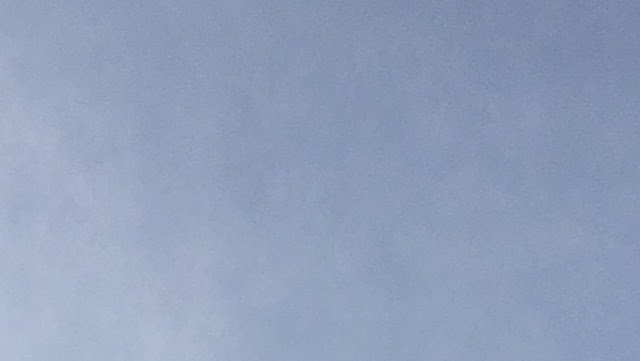 ★★★★ The early light was diffuse but not so diffuse it couldn’t come rebounding through west windows and shine eastward through the pink meltwater in the glass that had held a kiddie cocktail the night before. The clouds were waxed paper with blue shining through behind them. What chill there was felt no cooler than a cold glass of water. Luminosity floated over everything, even the interior of a bus shelter. No fair excuse was left not to bring out the skateboard that had appeared beside the Christmas tree—even if it took visits to two sporting-goods branches to come up with a set of pads for it. A helpful dad, circling the playground on a skateboard of his own, showed the six-year-old the rudiments. The top of the deck quickly grew white with salt, and eventually the boy’s puffy jacket was whitened too. The board zipped off on its own, to find and ride up on the low hump of snow surviving by the fence.
★★★★ The early light was diffuse but not so diffuse it couldn’t come rebounding through west windows and shine eastward through the pink meltwater in the glass that had held a kiddie cocktail the night before. The clouds were waxed paper with blue shining through behind them. What chill there was felt no cooler than a cold glass of water. Luminosity floated over everything, even the interior of a bus shelter. No fair excuse was left not to bring out the skateboard that had appeared beside the Christmas tree—even if it took visits to two sporting-goods branches to come up with a set of pads for it. A helpful dad, circling the playground on a skateboard of his own, showed the six-year-old the rudiments. The top of the deck quickly grew white with salt, and eventually the boy’s puffy jacket was whitened too. The board zipped off on its own, to find and ride up on the low hump of snow surviving by the fence.
One Year Later
A reflection in verse
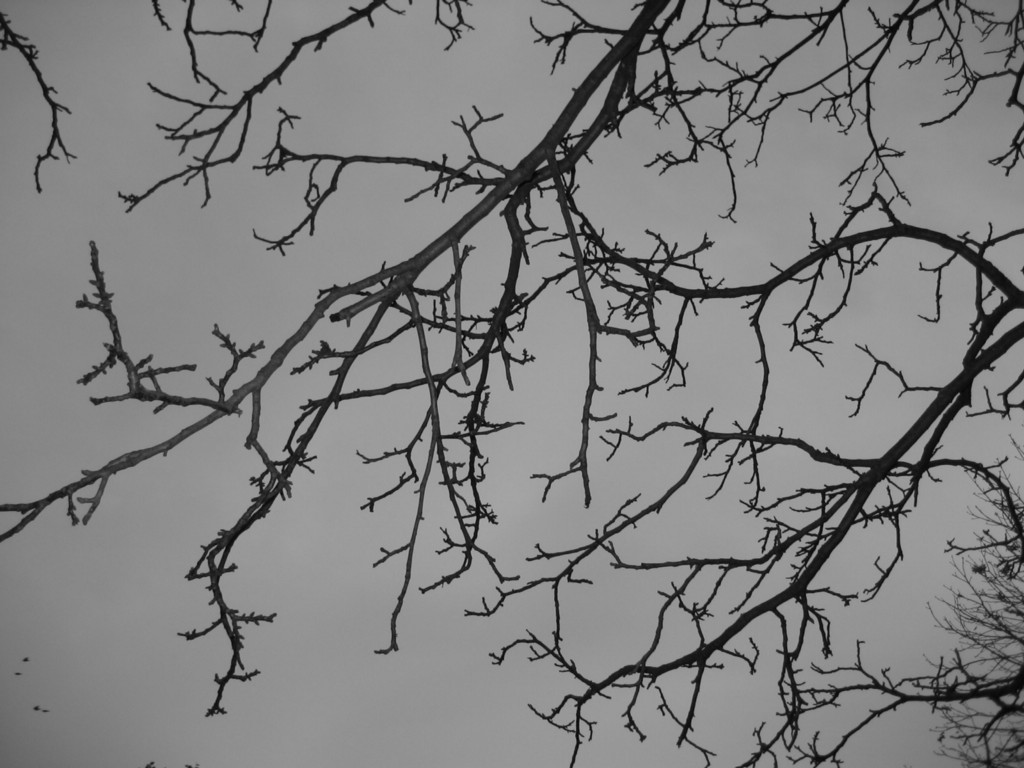
There’s not a lot each day that doesn’t make me want to die
Guess why
Previously:
Three Tides
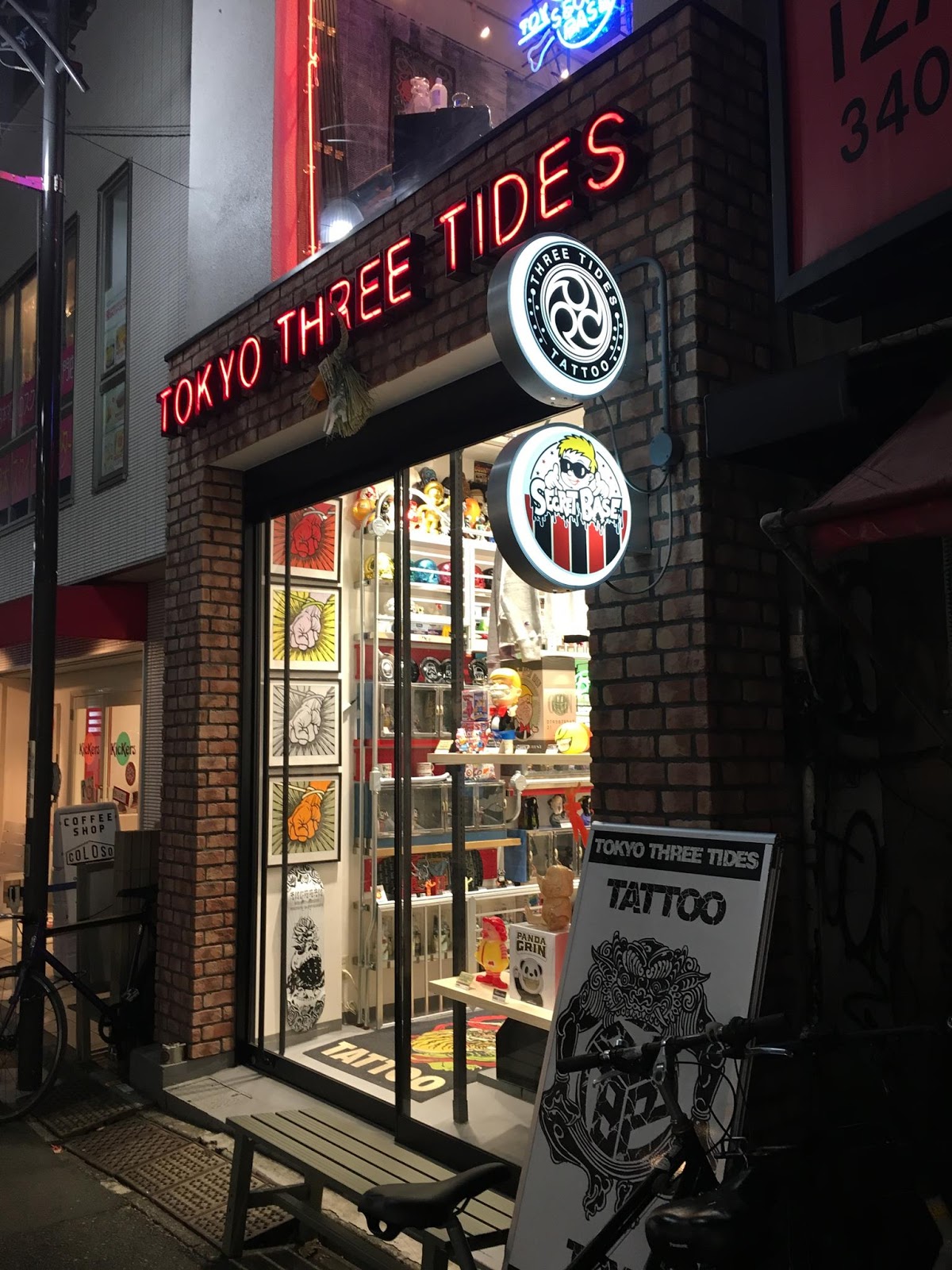
Photos: Bryan Washington
Last year, I tried hitting up Three Tides Tattoo when I was in Osaka. But it just didn’t happen. I was mostly too busy getting lost. So I made a point to set a day aside in Tokyo, before I left, if I could manage to find an appointment, because the artists working at their spot by Harajuku are some of the best in the world. I’m aware that’s an impossible thing to quantify. But here I am, doing just that. Their building sits nestled just off of the main strips, and if you blink, you’ll miss the alley that leads to their street.
The studio’s success is sort of a catch-22: tattoos in Japan aren’t entirely outside of the social lexicon, but they’re mostly shunned in daily life. You’ll find most of your visible sleeves and scattered tags in the larger cities, or in their trendier (younger) pockets, like Daikanyama or Dōtonbori or Shimokitazawa. Beyond that, an exposed heart on your wrist or a phoenix or whatever is liable to prompt some whispers. For the most part, inked folks take the time to cover themselves, or dress around their art, but if you’re a foreigner with tattoos the stigma is dramatically lowered. It’s expected that you’d do that thing to your body, because it’s a little strange that you’re here anyways. You are an outsider. You clearly didn’t know better.
Japan has a very long, very nuanced history with tattoos. Much like everywhere else in the world, the reasons for getting inked have ranged from the punitive to the celebratory. Most folks who care know that there’s sometimes the implication of gang-ties[1]; but it’s simply not true that a half-sleeve immediately implicates you with the Yamaguchi-gumi. But a larger source of dismay is that they imply an attempt to stand out: Japan’s a pretty homogenous country. And you here, displaying a very private, individualized thing.
Government Shutdown? How About a Government Shutup!
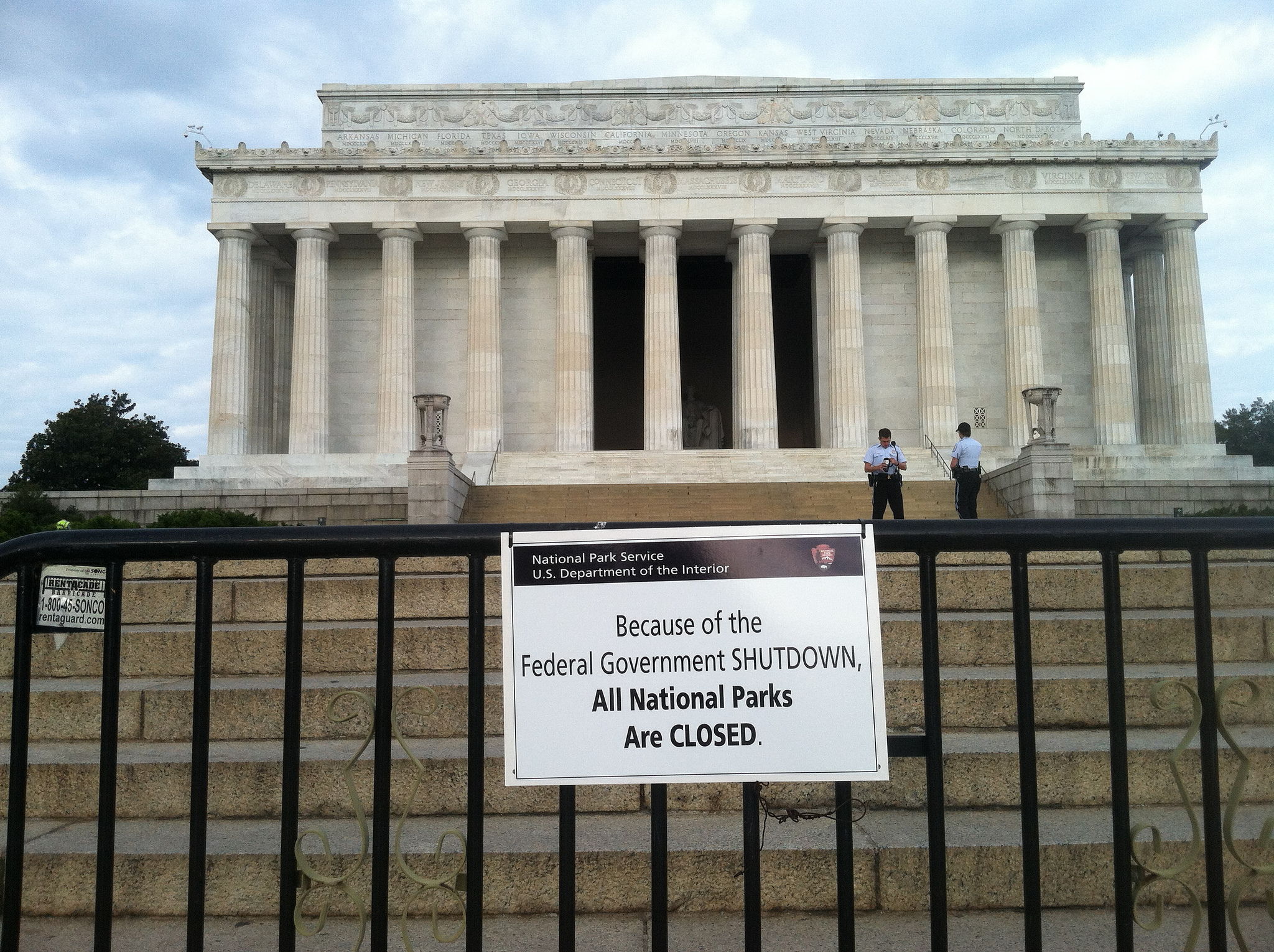
Image: NPCA Photos via Flickr
“Who should we blame for the Government Shutdown?” —Political Pete
Blame the Founding Fathers. I know they were supposed to be revered, infallible geniuses. But they really left us with a lot of bags of burning crap to hold. Slavery being the main and most terrible one. Yes, truly, all men were created equal, Jefferson, except the ones you owned! You creep! Can you imagine the #MeToo Moment they could have had back then? “Anyone here been whipped by George Washington? [Everyone’s hands go up.] Oh, you, too?” They should have been much more specific about the 2nd Amendment referencing guns that took a half an hour to reload and were unreliable past 50 feet. I guess that didn’t sound aspirational enough. If they could have predicted AR-15 rifles, don’t you think they would have kept them all for themselves and not allowed any yahoo to walk into a gun show and walk out with one?
And why didn’t they give women the right to vote? Imagine if women had voted in the first 30 or so Presidential elections? Maybe we would have had some actually good Presidents instead of Andrew Johnson, Andrew Jackson, Millard Fillmore and Kevin Spacey. We didn’t know when we were watching American Beauty that that dude was getting exactly what he deserved. If women had help draft the Constitution we’d probably have Health Care for everyone by now, Social Security forever, and a much better National Anthem than “The Star Spangled Banner.” There would still be insane high notes, but there would be a much more danceable beat, too.

